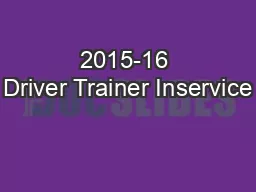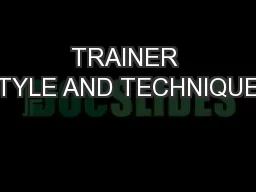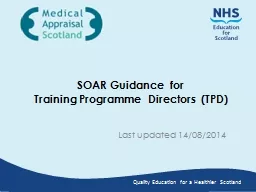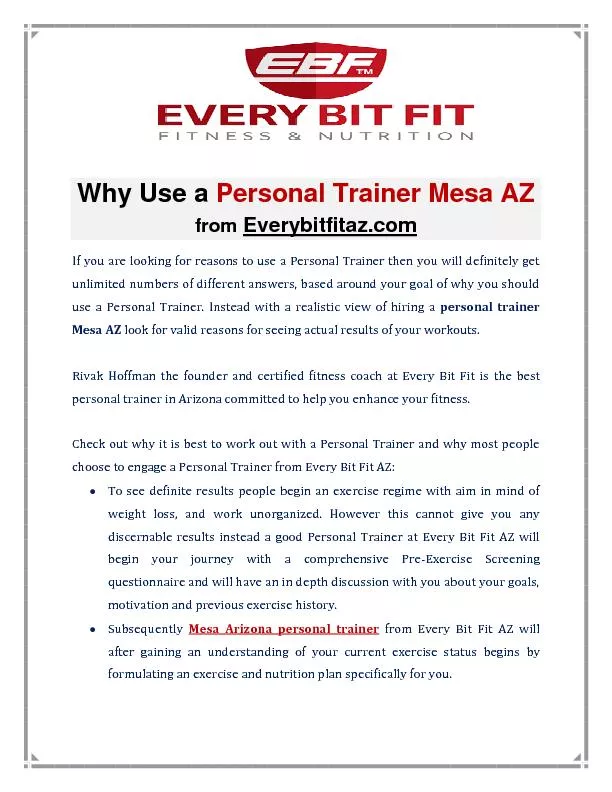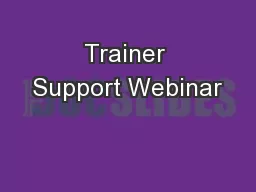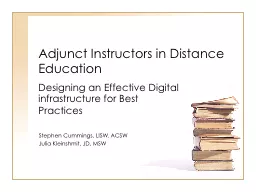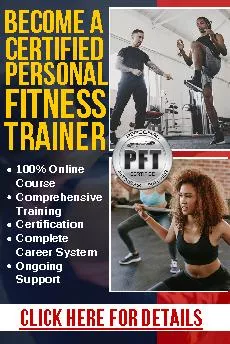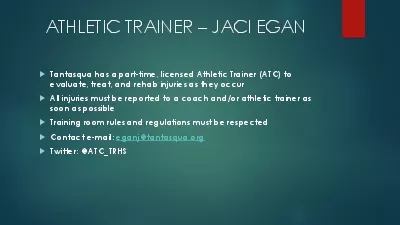PPT-Train the Trainer A refresher overview for SSD instructors [and others]
Author : myesha-ticknor | Published Date : 2018-11-05
RationaleWIIFM Successful training requires proper design development and delivery and you dont want to be the instructor that the participants go to snoozeville
Presentation Embed Code
Download Presentation
Download Presentation The PPT/PDF document "Train the Trainer A refresher overview f..." is the property of its rightful owner. Permission is granted to download and print the materials on this website for personal, non-commercial use only, and to display it on your personal computer provided you do not modify the materials and that you retain all copyright notices contained in the materials. By downloading content from our website, you accept the terms of this agreement.
Train the Trainer A refresher overview for SSD instructors [and others]: Transcript
Download Rules Of Document
"Train the Trainer A refresher overview for SSD instructors [and others]"The content belongs to its owner. You may download and print it for personal use, without modification, and keep all copyright notices. By downloading, you agree to these terms.
Related Documents

![PPT-Train the Trainer A refresher overview for SSD instructors [and others]](https://thumbs.docslides.com/714846/train-the-trainer-a-refresher-overview-for-ssd-instructors-and-others.jpg)
